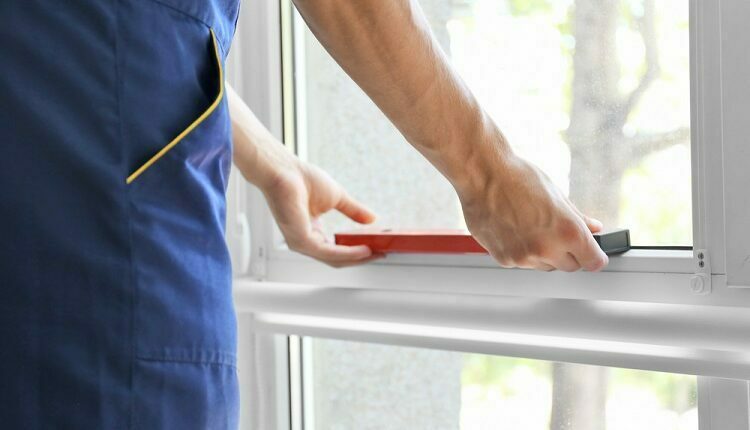Applying Paint To UPVC Surfaces
Painting is a great way to enhance the appearance of your property and make it more appealing to buyers.
The first thing to consider when choosing UPVC paint is whether or not it’s suitable for use on UPVC. There are two main types of UPVC, which have slightly different properties:
Standard (or smooth) PVC is used for most window frames and doors. It can be painted with solvent-based or water-based coatings. Standard PVC is also used for many external cladding materials, such as cladding around pools or walls around driveways and paths.
Textured (or textured) PVC is more common in shower rooms and other wet areas where there is a risk of corrosion if moisture seeps into any cracks in the material. Textured PVC can’t be painted because it contains additives that make it unsuitable for solvent-based paints. If you want to cover textured PVC with paint, then you’ll need to use self-adhesive plastic films instead.
When painting UPVC surfaces, there are a few things you need to keep in mind.
The first thing that you need to do before you start painting is clean your UPVC surfaces. This will remove any dirt, grime and debris that may have accumulated over time.
If the UPVC surfaces are new, they will not need cleaning, but they should be left to dry thoroughly before applying any paint.
When cleaning up paint, it is important to use an appropriate cleaning agent as some chemicals can damage plastic. You should also use clean cloths when applying or removing paint so as not to leave any residue behind on the surface being painted.
You should always use a primer when painting UPVC surfaces as this will help protect them from moisture seeping into them and causing damage which could lead to leaks in the future. If you do not use a primer, then moisture will seep into the surface and cause damage which can lead to leaks within a short period of time after painting your UPVC surfaces.
Use a high-quality brush or roller for application of primer and topcoats; spread out on a large board if possible rather than applying directly onto windowsills or other narrow surfaces where drips tend to form when brushing or rolling paint onto them.
The next step is to apply two coats of primer using a brush or roller, allowing each coat to dry thoroughly before applying the topcoat. The final coat should be applied with a spray gun using an acrylic or polyurethane paint (preferably one which matches the colour chosen for your project). The finished result should be smooth with no visible brush marks and should have been tested for durability by painting a sample piece prior to starting work on your project.

